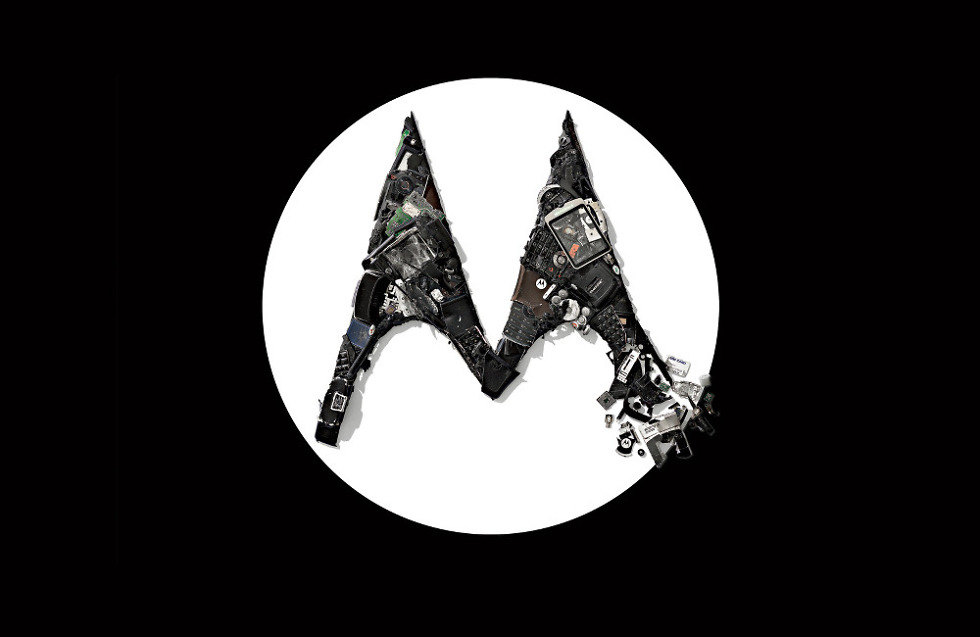If you were looking for a solid article that covers the history of Motorola from its glorious days of inventing the first mobile phone to its eventual fall, rise again thanks to the original DROID, to its landslide decline again before being sold to Google and then to Lenovo, Chicago Magazine has you covered. In a piece released at the beginning of the week, the story of one of America’s most innovative companies is detailed from the good times to the bad. We’re talking from its founding days in 1928 as Galvin Manufacturing Corp to its current up-in-the-air status with a Lenovo acquisition looming over their new downtown Chicago headquarters.
You should really go read the full article if Motorola’s history interests you at all, but for the sake of saving a bit of time and grabbing your attention, we have pulled out a couple of excerpts on events that stood out to us, starting in the 70s.
The introduction of the first phone by Marty Cooper:
Of all Motorola’s inventions, none were as transformative as the cell phone. A request from Orlando Wilson, Chicago’s police chief from 1960 to 1967, provided the impetus. Violent crime in the city was surging. Wilson wanted his patrol officers out of their cars and on foot, but he didn’t want them on the street without a way to stay connected.
Cooper, among others, envisioned a solution: a handheld phone that functioned on a wireless cellular network. Bob Galvin realized that the market for such a device could extend well beyond law enforcement. So he committed $100 million to developing it. In 1973, Cooper made his first call—to a rival at AT&T’s Bell Labs—on a boot-size prototype.
On the massive success that Motorola once had in the cellphone business, before being lapped by Nokia:
Indeed, thanks largely to its still-growing cellular business, in 1994 Motorola rose to 23rd on the Fortune 500 list of the nation’s biggest public companies, with revenues of $22 billion and profits of nearly $2 billion. By 1994, 60 percent of the mobile phones sold in the United States were Motorolas, with the wireless business making up nearly 65 percent of the company’s revenues.
But Motorola was about to fall off a cliff. Because Finnish rival Nokia had wisely retooled for digital, by the time Gary Tooker’s four-year run as CEO ended in 1997, Nokia had surpassed Motorola as the world’s largest mobile phone maker. It had become a newly powerful competitor in building networks, too. Nokia would remain the world’s largest maker of mobile phones by volume—if not by revenue—for the next 15 years.
On Motorola essentially teaching Steve Jobs how to make the ultimate smartphone:
Meanwhile, in arguably one of the worst decisions ever made by a major corporate CEO, Zander struck a deal with his Silicon Valley friend Steve Jobs, the CEO of Apple. Together their companies created a Motorola iTunes phone, the first phone connected to Apple’s music store. “We can’t think of a more natural partnership than this one with Apple,” Zander said at the time. Named the Rokr, the phone launched in the fall of 2005. Jobs, who introduced it, called it “an iPod Shuffle right on your phone.”
Zander says he believed that by working with Apple, Motorola could become cool again. But much as it had taught the Chinese to compete with it years before, Motorola was teaching one of the most creative, competitive, and consumer-savvy companies of all time how to make a phone.
On choosing Android for the original DROID:
The presentation, held in early 2009, grew heated. One top Motorola executive declared that choosing Android over Windows Mobile was madness. Google’s system wasn’t ready for prime time, he argued, whereas Microsoft was one of the most powerful software companies in the world.
Jha would not budge. Motorola’s board faced two options: go with Jha’s recommendation or shut down the mobile phone business altogether.
By a vote of 4 to 3, the board members chose the former. Quickly, Arshad handpicked a team of 200 in-house engineers to work closely with a Google team led by Andy Rubin, who had created the Android system. “They wanted Motorola to be successful and to prove everyone wrong,” says Arshad. “To save the company.”
The article goes on and on, so this is just a taste. It’s good stuff, again, especially if you are interested at all in the history of Motorola.
To read the whole article, head over to Chicago Magazine.


Collapse Show Comments35 Comments